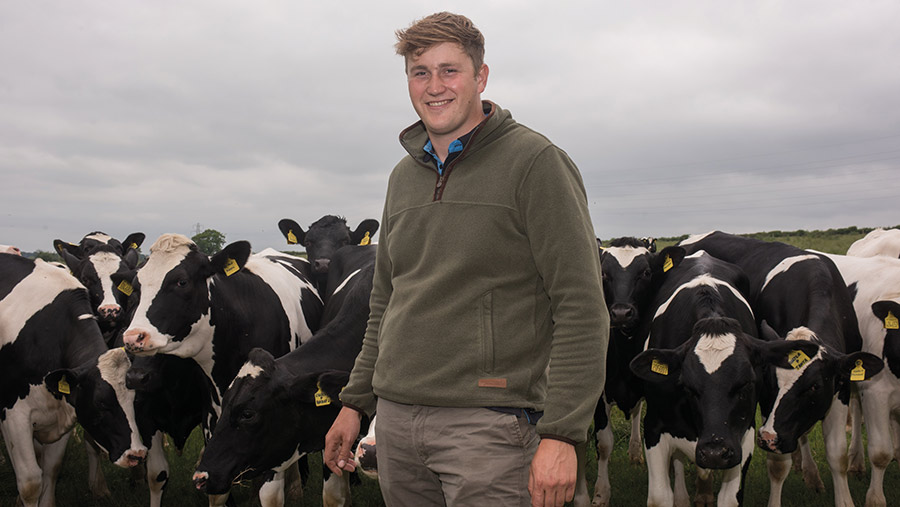Farmer Focus: Nutrient plans and cover crop grant struggles
 Charlie Cheyney © Hugh Nutt
Charlie Cheyney © Hugh Nutt I have been glad of the recent cold snaps. It is a welcome change to the continuous rain, and I’m hopeful the sustained frost will help reduce the likelihood of cabbage stem flea beetle attacks in oilseed rape.
I still have flashbacks of my last attempt to grow rapeseed, where crops rapidly disappeared as the larvae munched their way up the stem in early spring.
Attention is now turning to the nutrition of growing crops, but I am a bit behind and still need to carry out my nutrient plan.
See also: Lincs grower tightens grip on top-yields record with new win
I am keen to be far more hands on with our nutrient plan rather than outsourcing this.
Not only does it save money, but it also allows me to gain a better understanding and apply a more tailored approach – particularly when using organic manures.
A key question I am asking myself is whether I will need any bought-in phosphorus and potassium this year.
As we applied nothing last year, I am conscious that I do not want to degrade soil indices.
Looking at my options, DAP as a starter fertiliser prior to maize and spring barley will make up the shortfalls of the manure.
This will also insure against the very limited manure spreading window before spring barley.
Currently, we are also reviewing our cover crop strategy. I am pleased with the results we get from the cover crops, but am eager to see what my options are for funding.
We will be comparing the Sustainable Farming Incentive, Countryside Stewardship and water company grants to see which offer the best funding and easiest system.
There seems to be an ever-growing number of funding options out there for all aspects of farming, and it looks to be a good way to get extra income or fund improvements.
However, identifying grants and finding your best option is a struggle, especially with the wide range of options.
I have found in the past the more specific and more localised funding achieves better results.
You can better tailor options to your system and specific farm. These are something I will have to look out for more of.


